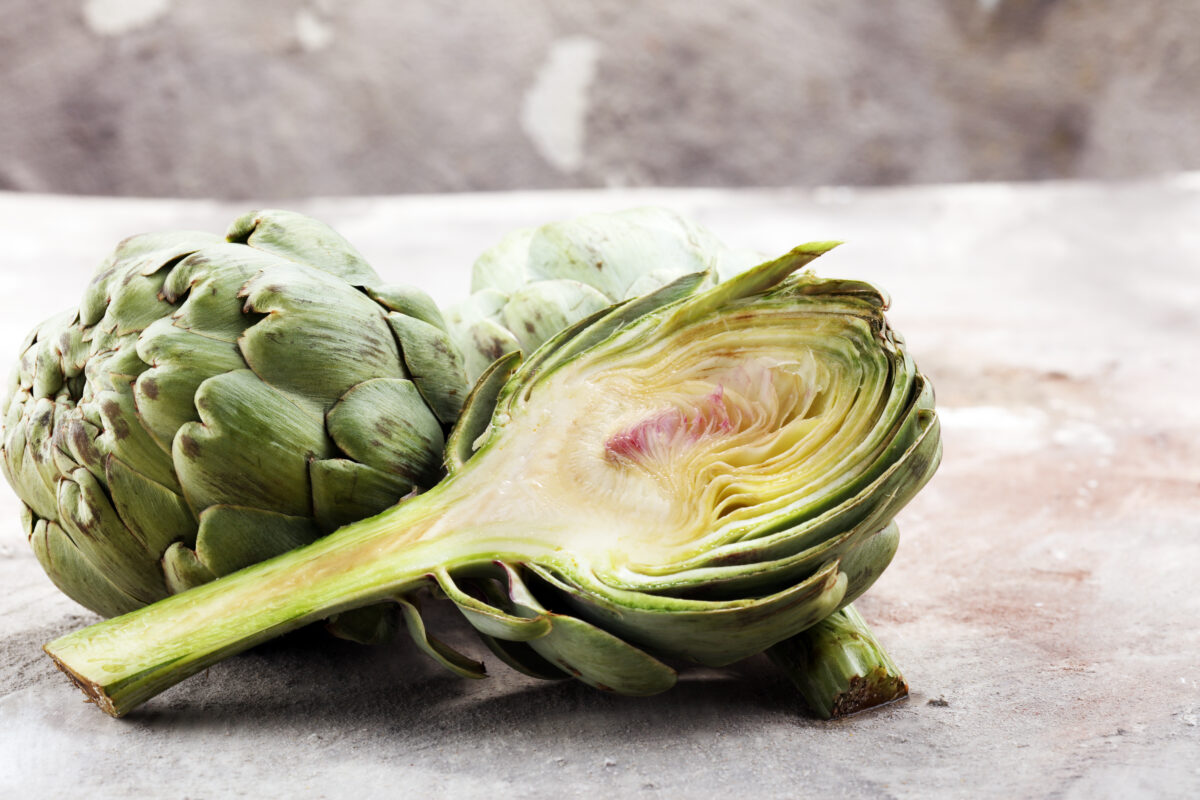Globe Artichokes

Globe Artichoke/Atihoka
Availability
Globe artichokes are available from September until January.
Storage and Handling
Store in the refrigerator. Handle with care as they bruise easily and wash before eating.
History
Globe Artichokes have always been considered a delicacy. They have been grown in Southern Europe for many centuries.
Facts
- There are two well-known varieties of artichokes: Globe and Jerusalem. These are quite different vegetables in terms of appearance, texture and preparation, although there are subtle taste similarities
- The part that is eaten is the immature flower bud. In New Zealand you may see them marketed as Green Globe Artichokes. Baby Artichokes, sized between golf balls and eggs, are sometimes available
- Artichokes contain an unusual organic acid called cynarin which has an effect on taste and is thought to be the reason why many people think that water tastes sweet when drunk after eating artichokes. The flavour of wine is similarly altered and many wine experts think that wine shouldn’t be drunk to accompany artichokes. Some think cynarin may have health benefits in fighting diseases of the liver and gall bladder
- Choose Globe artichokes that have a fresh, bright colour and tightly closed firm leaves
- Artichokes can be boiled, baked, microwaved, roasted or steamed (you can cook them the same way as potatoes)
Growing Facts
- Plant in late winter or early spring, when frosts are over as the seedlings are frost-tender
- In mild climate areas sometimes have two crops can be harvested in one season
- As perennials Globe Artichokes can be grown for several years
Nutrition Information
Artichokes are a good source of folate and a source of dietary fibre, biotin (vitamin B7), potassium, niacin (vitamin B3) and vitamin C.
You will find the full Nutrition Information Panel on the New Zealand Food Composition Data website. This website is owned jointly by Plant & Food Research and the Manatū Hauora Ministry of Health. This website holds the most comprehensive collection of high-quality nutrient data for New Zealand foods. The Database is managed and maintained by dedicated Plant & Food Research staff.
